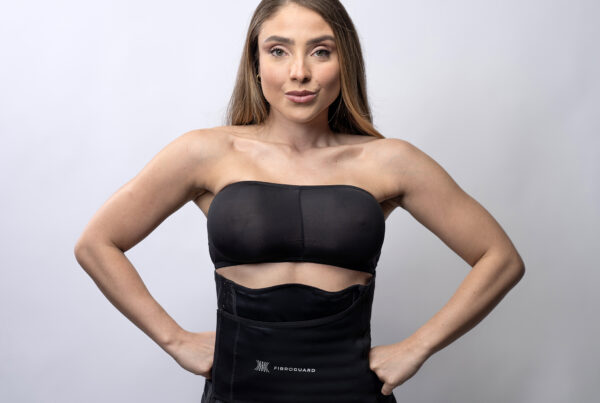If you look at the skin on the body and imagine it isn’t firmly attached to your muscles, then we’d all look something like a skeleton with all of our skin pooling at our ankles. That would be quite a sight.
Thanks to what we refer to as zones of adherence, instead of our skin hanging about our bodies, it adheres to our muscles in particular areas that help to allow us to bend and move freely. These zones also affect how we look after surgeries are performed.
These areas are called zones of adherence, and there are several located from the chest through the midsection and dozens more throughout the body.

Think of these areas as the places where your skin can hang over without sagging. For instance, below the breast is an area called the inframammary crease. The breast can overhang in this area because the skin is fixed or tucked beneath thanks to a zone of adherence. Occasionally, I have to manipulate the inframammary crease during surgery. The strong adherence of the skin to the muscle allows the skin to flex and move, and that give is essential for everyday movement.
The other zones around your midsection are located around the upper belly, belly button, and lower belly. These zones aren’t as firmly attached as your inframammary crease, but they’re just as vital. If you consider the human body, you can likely think of a few other areas of adherence as well.
Extra skin After a Liposuction
After receiving liposuction, you may see bits of extra skin that hang over in these areas. This is entirely normal and expected.
As the body recovers after surgery, the fat and skin readjust and suck back to your body, re-draping your muscles. Still, it’s important to mention that you will always have a bit of extra skin in these areas no matter what surgery we perform.
Some skin rolling in these areas is a normal part of our body’s composition – it’s thanks to zones of adherence that we can bend, move or even stand erect, and our skin stays connected to our bodies.






